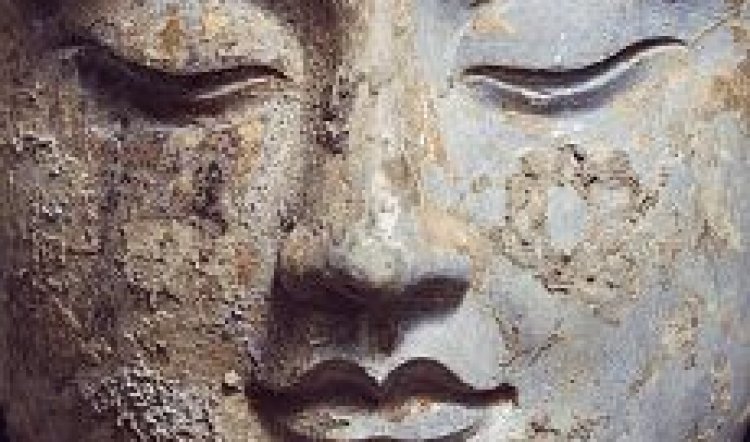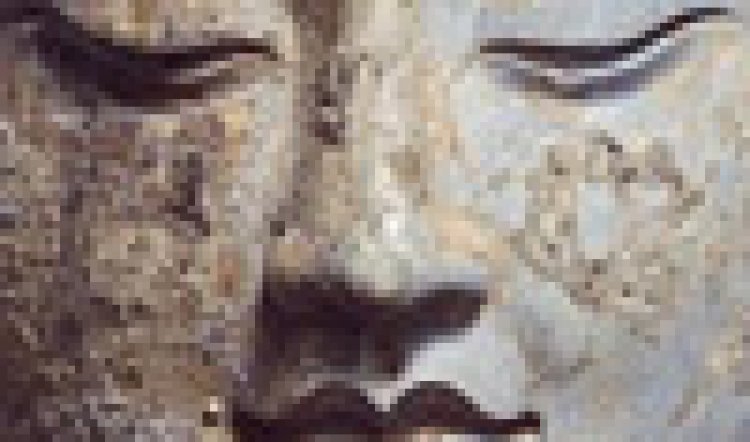
The Lost Buddhas
The Lost Buddhas, Art Gallery of New South Wales, August 29-November 23; open daily.
“MOST Australians schooled in the 1960s and 1970s were taught, and possibly can recall, that the year 1066 was important because Harold - then King of England – was shot in the eye by a Norman archer and died at the Battle of Hastings. The Norman conquest of England was effectively complete.
“Whilst undoubtedly a very important historical event, we never learned whether any similarly dramatic event occurred in Song Dynasty China. Nor were we taught either when, or how, Buddhism spread eastwards from India to China, Korea and Japan, let alone the extent of the artistic representation of the image of Buddha in those countries.No doubt the teaching of history deals more with Asia nowadays, but we are proud to make a small contribution by working with the Art Gallery of New South Wales to host this exhibition.”
So says Warwick Johnson, managing director of Optimal Fund Management, major sponsors of The Lost Buddhas. Are you curious? What was happening in China while the Normans were conquering, the natives were revolting and much of Europe was engaged in successive turf wars?
In China the Song Dynasty (960-1279) was a period of expansion and turmoil. Through agricultural development the population grew with the cities of Kaifeng and Hangzhou supporting more than one million each (contrast London whose population exceeded 30,000 for the first time in 1170). In England Oxford University was founded in 1167, the cathedrals of York, Wells and Canterbury were begun between 1154 and 1220; meanwhile, the Scots, Welsh and French were all lining up to battle successive kings of England. In China three major invasions by ethnic minority kingdoms altered the borders, cuisine and social set-ups while culture, the arts, Daoism and Buddhism flourished and became ever more sophisticated.
In 1044, two decades before King Harold was shot in the eye by a Norman arrow, the military treatise Wujing Zongyao documented formulae for gunpowder and for the construction of other military paraphernalia. Books were being produced through movable type, the compass was invented, porcelain and exquisite pottery were in use and restaurants with extensive menus were a popular aspect of everyday life. The sciences were widely studied and in development. The astronomer Su Song devised a celestial atlas in 1092, which predated the Mercator projection of 1569. And on it goes.

And somewhere along the way some 400 ancient limestone sculptural depictions of the Buddha were gathered together and for unknown reasons, carefully wrapped and buried in the grounds of a temple that once stood in Qingzhou. They were rediscovered, by accident, 800 years later when construction workers were levelling a school playing field.
Thirty five of the finest treasures in the cache are now on display at the Art Gallery of NSW and they are beautiful. Each of the 35 pieces is distinctive and different. There are solo Buddhas, pensive Buddhas, mostly enigmatically smiling Buddhas and a number of “holy trinity” settings of Buddha accompanied by two Boddhitsavas. The clothing, attitudes and styles of carving tell stories of their origins and the steady development of Buddhist and artistic thought, so that each becomes a series of revelations leading the viewer on and on.
The pleasure of this small and extremely well-curated show is intensified by the way it has been designed, displayed and lit. Entering from bright daylight, the Asian pavilion has been enclosed and turned into a darkened, maze-like series of smaller spaces where each sculpture is softly spotlit. The result is artistically and spiritually apposite and satisfying.
This is the first time works such as these have been seen in Australia; they are fragile and extraordinary and the exhibition will repay several visits.



